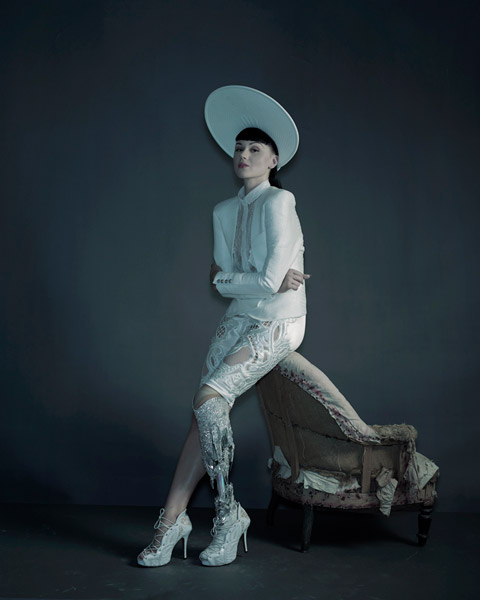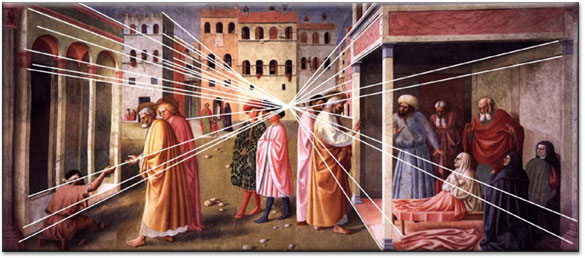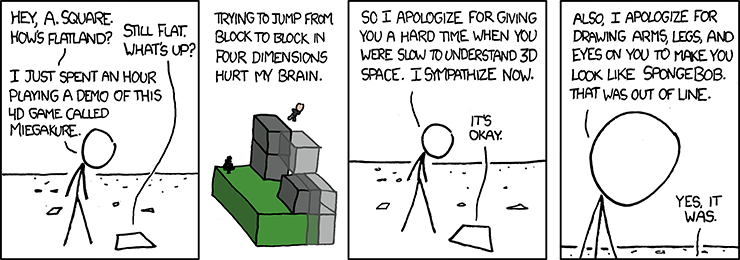I recently attended
Kathy High’s exhibit “Waste Matters: You are My Future” at the CNSI Art Sci
Gallery at UCLA. It was an interesting experience that took me aback at first,
but the exhibit is a fantastic example of medicine, science, and art coming
together to explore a new perspective on a field of study, specifically about
the ecology within the human body.
The exhibit focused
on the gastrointestinal system and the bacteria that live and thrive in it, and
how the two don’t always get along. The artist herself has Crohn’s disease and
I felt the exhibit was a very creative way of exploring her disease and
stripping the stigma away from a usually taboo subject—poop.
On entry to the exhibit,
the central focal point of the room is a display of stool bank
prototypes—namely, excrement encased in glass cylinders preserved by honey. My
first reaction was confusion. But after watching the informative scientific
video on the innovation and importance of fecal matter transplants, it became
much clearer that these artistic prototypes could be an expansion on the new
treatment of serious gastrointestinal illnesses like Crohn’s disease.
Stool Bank Prototype
However, what really
drew my eyes were the large print photography pieces that were self-portraits
of the artist re-enacting various pictures of David Bowie’s career. The
artist’s intent was to exchange the art for David Bowie’s fecal matter for a
fecal matter transplant to help treat her Crohn’s disease.
Kathy High’s Self-Portraits
Overall, I admire the
openness and message of this exhibit. Talking about waste and the medical
procedure of fecal matter transplants could be considered disgusting conversation
but I believe it is important that these topics be out in the open.
Gastrointestinal diseases affect many people and discussing and artistically
portraying these topics openly can take the stigma away. Kathy High created
beautiful pieces of art while also promoting and exploring the science behind
the bacteria coexisting in the human body.
Me at the Exhibit














